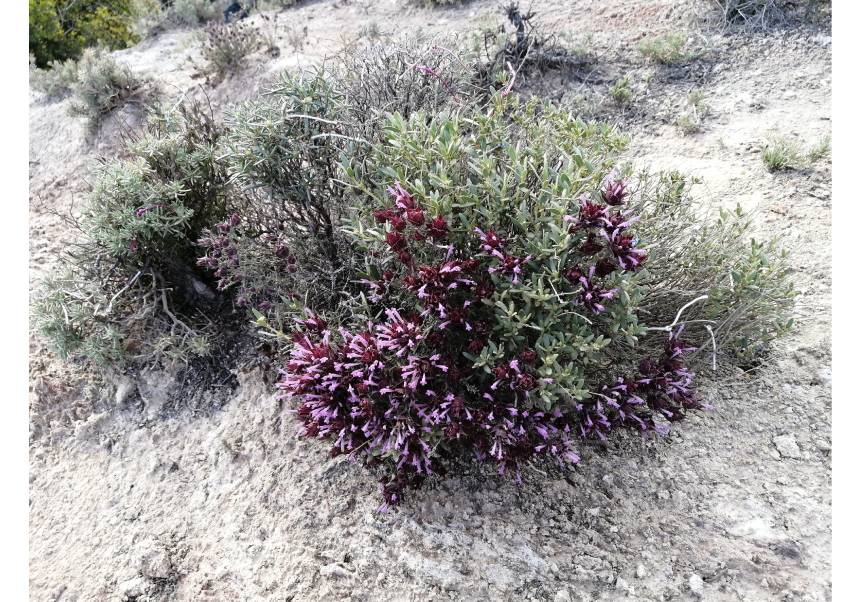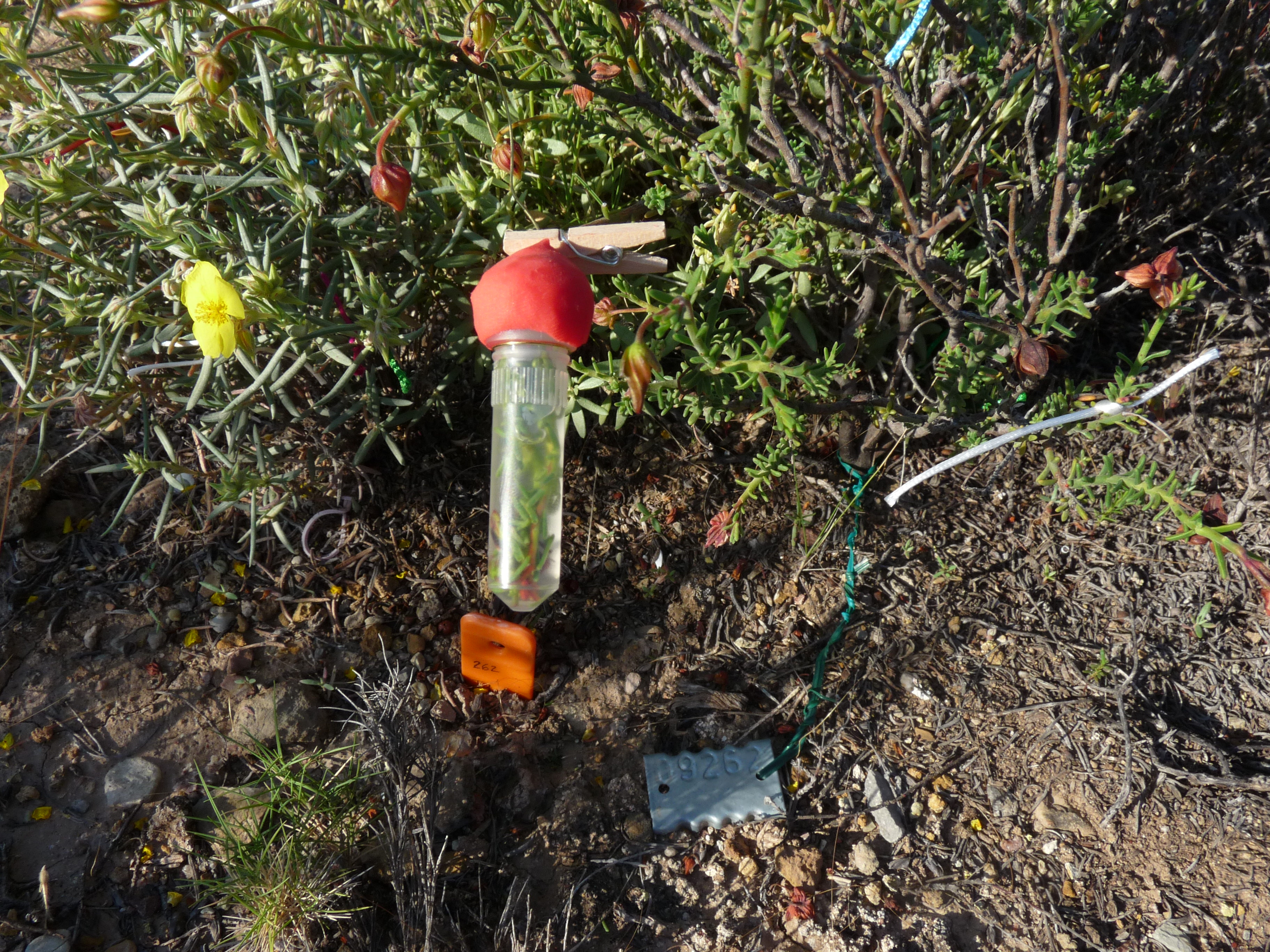The organization of biodiversity in plant communities responds to the confluence of diverse ecological processes. My line of research has addressed the ecological and evolutionary implications of several of these processes: plant adaptations to the environment, plant-to-plant facilitation, mycorrhizal symbiosis, herbivory and plant-animal interactions [1-4]. More recently, my line of research addresses a process that has so far gone unnoticed by ecologists and evolutionary biologists, and could change our current understanding of how plant communities are organized: plant mutualisms mediated by nutrient transfer. Plants in natural communities not only compete for resources, but also exchange these resources among neighbors [5]. In arid environments, where resource and nutrient availability occurs in temporal pulses followed by long periods of scarcity, the storage and redistribution of nutrients at critical times can be a mechanism of multi-specific cooperation that can mutually benefit the plants involved.
Relevant research papers:
1.Montesinos‐Navarro, A., Wig, J., Xavier Pico, F., & Tonsor, S. J. (2011). Arabidopsis thaliana populations show clinal variation in a climatic gradient associated with altitude. New phytologist, 189(1), 282-294.
2.Delalandre, L., & Montesinos-Navarro, A. (2018). Can co-occurrence networks predict plant-plant interactions in a semi-arid gypsum community?. Perspectives in Plant Ecology, Evolution and Systematics, 31, 36-43.
3.Montesinos-Navarro, A., Díaz, G., Torres, P., Caravaca, F., & Roldán, A. (2019). Phylogenetic rewiring in mycorrhizal–plant interaction networks increases community stability in naturally fragmented landscapes. Communications biology, 2(1), 1-8.
4.Montesinos-Navarro, A., Hiraldo, F., Tella, J. L., & Blanco, G. (2017). Network structure embracing mutualism–antagonism continuums increases community robustness. Nature ecology & evolution, 1(11), 1661-1669.
5.Montesinos‐Navarro, A., Verdú, M., Querejeta, J. I., & Valiente‐Banuet, A. (2017). Nurse plants transfer more nitrogen to distantly related species. Ecology, 98(5), 1300-1310.
Alicia Montesinos Navarro (Head Researcher, CSIC)
 |
 |
| Vegetation patch on gypsum soils in southern Alicante. This patch hosts some of the most characteristic species of these environments such as Helianthemun squamatum, Helianthemun syriacum and Thymus moroderi. | Methodology used to measure nitrogen transfer between plants. It consists of introducing a tracer enriched in 15N, by foliar absorption, in a plant and recovering it in neighboring plants. |










